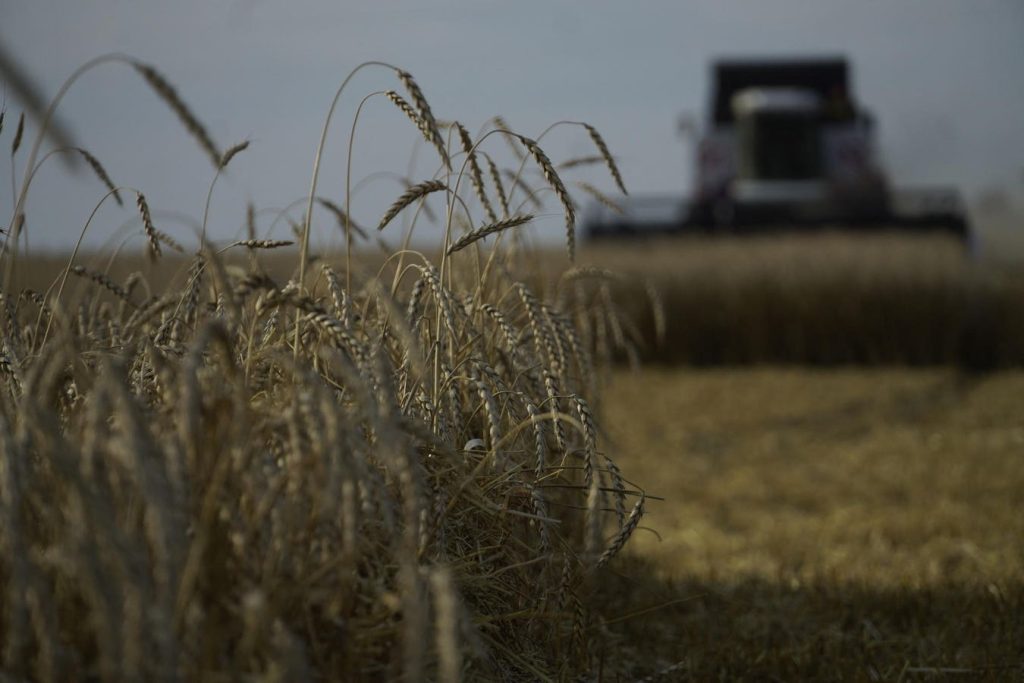War between Ukraine and Russia has not only been costing lives, but it has also been draining the coffers of both countries. Tanks, warplanes, and munitions are being destroyed at an alarming rate, resulting in a significant financial burden on the two nations. However, what is less understood is the impact this conflict is having on the global grain market, particularly wheat. The prices of wheat are currently artificially low, but experts warn that they could bounce back at any moment, potentially causing inflation to rise once again.
Both Ukraine and Russia, who are key players in the wheat export market, are believed to be selling their wheat at prices below the cost of production. This is seen as a strategic move to fund their war efforts, even if it means incurring economic losses. Shawn Hackett, author of the Hackett Money Flow Commodity Report, emphasizes the need for a change to prevent these countries from offering cash wheat at prices that make no economic sense. However, it is unlikely that media coverage of attacks will change this process unless government restrictions are imposed or producers back off in their sales.
Before the war began in late February 2022, Russia and Ukraine accounted for 29% of the wheat export market. However, this share has now dropped to 14.3% due to the need to offer lower prices to keep government coffers full. Additionally, labor shortages and lack of resources have also contributed to the decline in market share. However, the current situation of selling wheat at a loss cannot continue forever, as it will eventually bankrupt farmers who are already facing financial struggles.
The future of the wheat market may depend on weather-related factors. There are concerns about a late frost in the U.S. in the first two weeks of May or late March, which could potentially reduce crop yields and impact the supply of wheat. There are also worries about dry weather in a key growing region in southern Russia near the Black Sea, which could be worsened by an unfavorable weather system. These factors could lead to an increase in the price of wheat after months of decline, especially if both the U.S. and Russia are affected by unfavorable weather conditions.
Currently, the price of wheat stands at $5.62 a bushel, significantly lower than its peak of $7.57 last July. If the forecasted unfavorable weather events occur, experts expect the price of wheat to trend back up. Investors should be prepared to change their tactics based on weather forecasts and market trends to capitalize on potential price increases in the future. Ultimately, the situation in the global wheat market is complex and influenced by various factors, including geopolitical conflicts and weather patterns.


